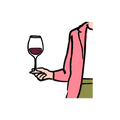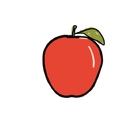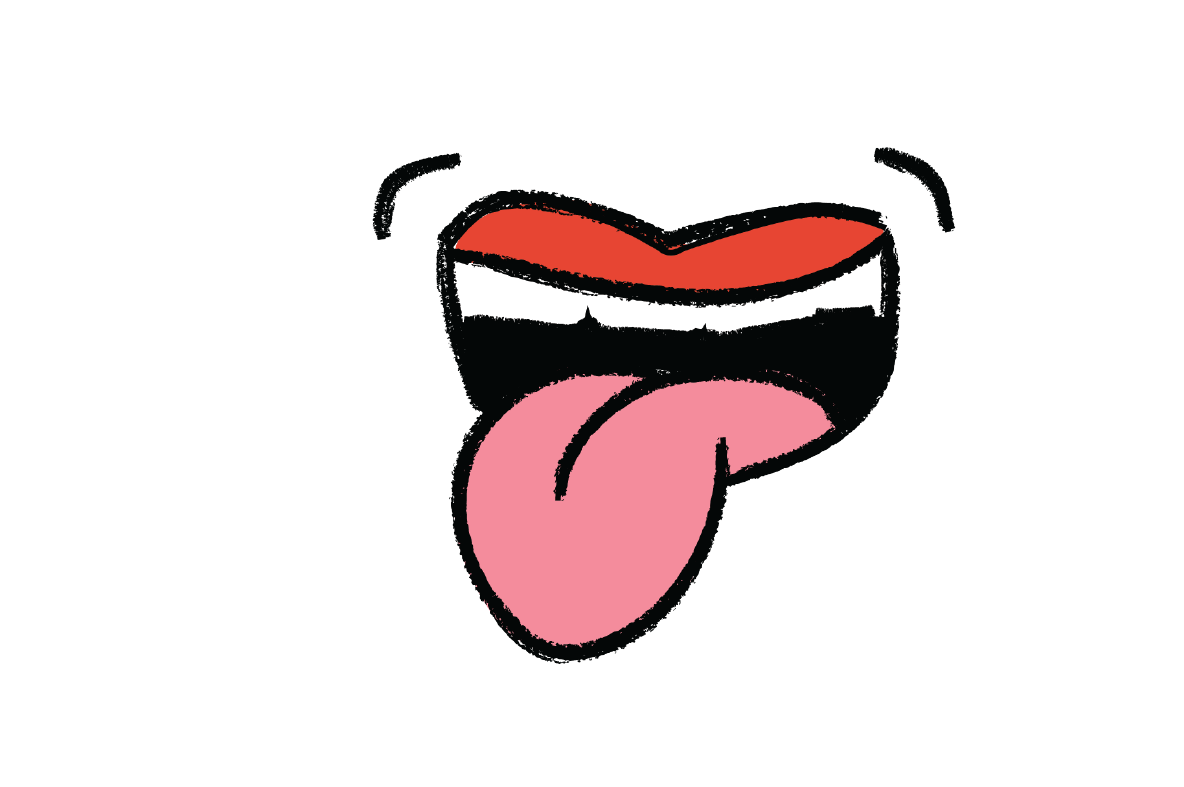

The must-know basics to becoming an expert taster!
Three easy ways to become a great wine taster--red
It really is as easy as one, two, three....sort of.
Some people can pick out all sorts of amazing smells and flavours from a glass of wine. With a bit of practice, you can too!
Homework--aromatic
Ok so maybe it isn't just 1, 2, 3....but its close!
A great way to start your tasting journey is to familiarise yourself with the aromas and flavours of common fruits, flowers and spices.
The reason? Food is the language of wine! All those smells and tastes are based in nature and in the kitchen, and if you have the confidence and vocabulary around these things, you'll find talking about wine that much easier.
Practiced tasters will smell perfumes, fruits, flowers...anything really, just to really lock into their heads what something smells like. It pays off when you can differentiate between a strawberry and raspberry just by smell!
Sight--racy
So you've done you're homework and been kicked out of the fruit shop for lingering in the aisles and suspiciously sniffing the melons.
Now its time to put that into practice. Open a bottle of something and lets get to work!
Before you drink the wine though, there's a few important steps, and the most overlooked of those is just having a look at the wine.
Why do we do this? There's plenty of clues lurking in the visuals of a glass of wine.
What colour is it? Does that colour change towards the edge of the wine (known as the rim)?
This can give us a clue as to the age of the wine - an older wine will show a bigger colour differentiation.
Is it transparent or opaque? Is it bright or cloudy? Is there any sediment in the glass?
Opaque wines (that you can't see through) will generally be richer and heavier. If the wine is cloudy, it may not have been filtered in the winery.
The wine that's running down the sides of the glass, is it thick or thin? Slow moving or fast?
This is called the viscosity, and gives an indication of the alcohol level and/or the sugar level of the wine. Slower, thicker tears (that's the name of the wine on the inside of the glass, aka legs) mean that the wine is richer or perhaps sweeter.
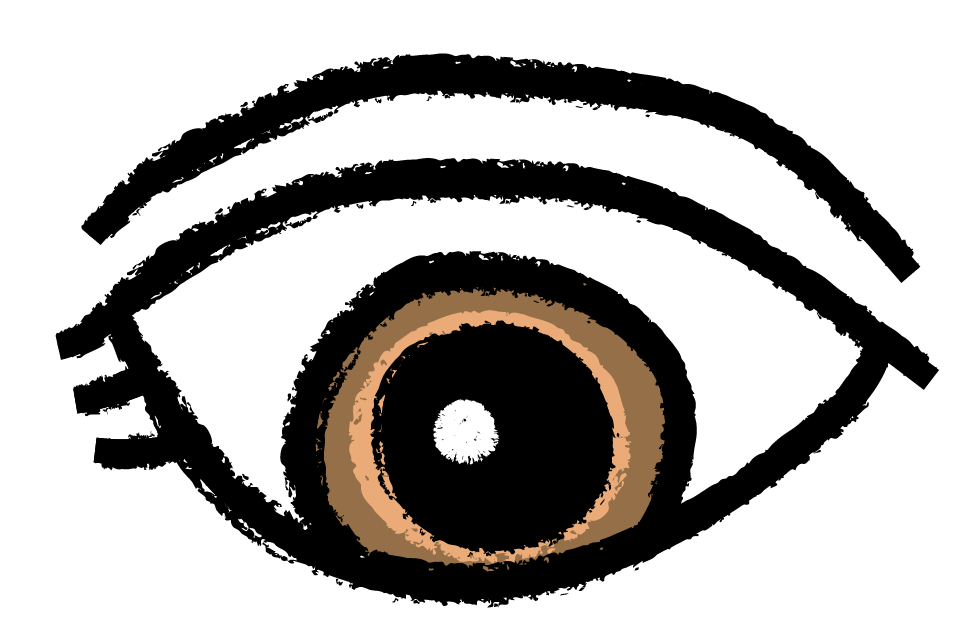
- Colour
- Hue
- Rim variation
- Clarity
- Brightness
- Viscosity
Once you've had a good look, held the glass up to the light if you like, then we can get on with the good stuff. But don't forget what you've just seen!
Smell--aromatic
Ahh the sniff. The universal signal that you love wine. Critics will say its just fluff, but honestly, you can't really taste wine without sniffing it. Not only is your nose far more sensitive than your tongue, but you actually smell wine when it's in your mouth as well! We'll get to that later - for now let's just use our nose.
First of all give the wine in a glass a little swirl. This will introduce oxygen into the wine, break the surface of the wine in the glass and allow the wine to breathe a little.
Now put your nose into the glass (not the wine!) and breath deeply. Don't breathe out until you've removed your nose from the glass. Think about the aromas as you do this. Are they fruity or savoury? Do they remind you of anything? Does it smell sweet, floral, earthy, herbaceous? Does it smell rich or fresh?
Do it again, swirl - sniff - think. See if you get the same notes as the first time around.

- Fruits
- Flowers
- Herbs
- Spices
- Brightness
- Oak characters (vanilla, cream etc)
Once you've got a couple of ideas in your head, it's time to taste!
Taste--cellar
The moment we've all been waiting for!
We've had a good smell and like what's happening. Now for the good bit. Take a moderate taste of the wine to begin with. You don't want to overwhelm your palate. Keep the wine in your mouth. Swish it around a little if you can - no need for gargling, but let it come into contact with all parts of your mouth.
Slowly swallow the wine. Let it glide down gently. Try and think about the acidity of the wine. Is it sharp or gentle. Does it make you want another sip straight away?
Is there any bitterness or astringency? This could be tannins in the wine.
Most of all, and best of all, did you enjoy it?? Was it pleasurable? If so, why? Or why not?
Do you taste the flavours all the way down? Can you still taste them after you've swallowed? Are there a lot of flavours, or just a couple?
As you do this, slowly breathe in and out. You're activating retronasal olfaction. In essence, perceiving aromas that emanate from your mouth. These are powerful, and when combined with the memory of what your just smelt with your nose, they can make up a good picture of what the wine is.
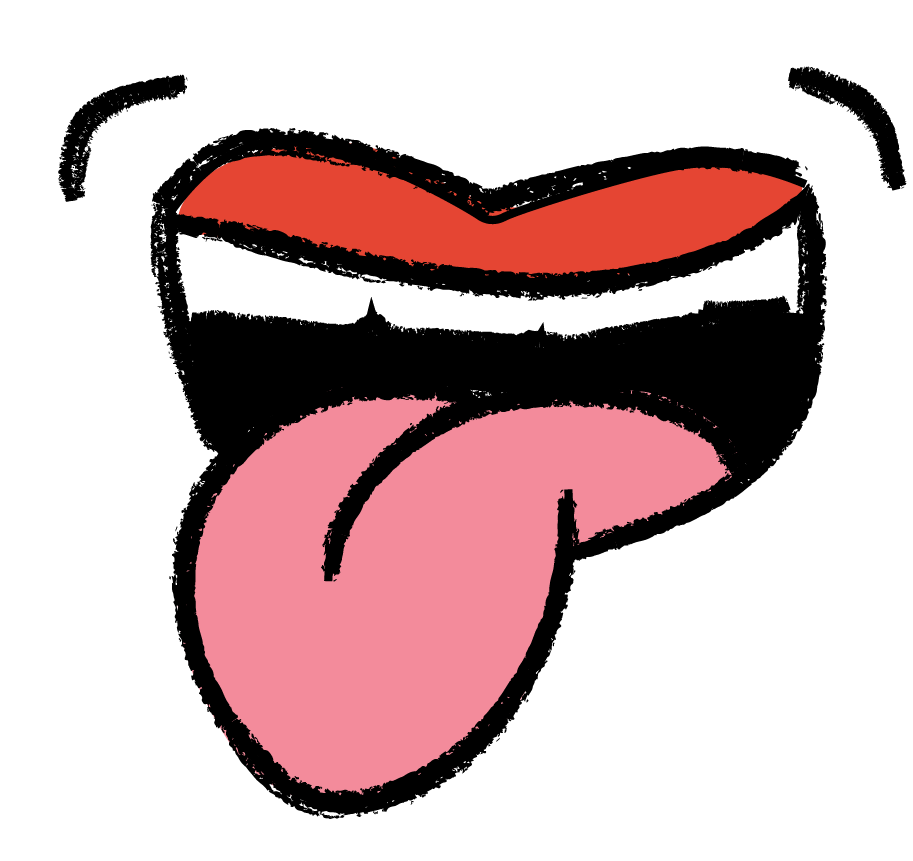
So, we're looking for:
- Texture
- Flavour (fruit or otherwise)
- Tannin
- Alcohol
- Length
- Complexity
- Balance
Practice--plum
Now for the good news - the only way you'll get really good at this is by doing it a lot! That means more wine. Hooray!
In all seriousness, it means trying lots of different types of wine. Never had a Zinfandel? Or an Arneis? Try them and see not only what they taste like, but if you enjoy them.
After all, if you don't try, you won't know.
Do you know your wine personality? If your answer is no, take our quiz to find out which wines to pick up next and build your box!
Build my box




